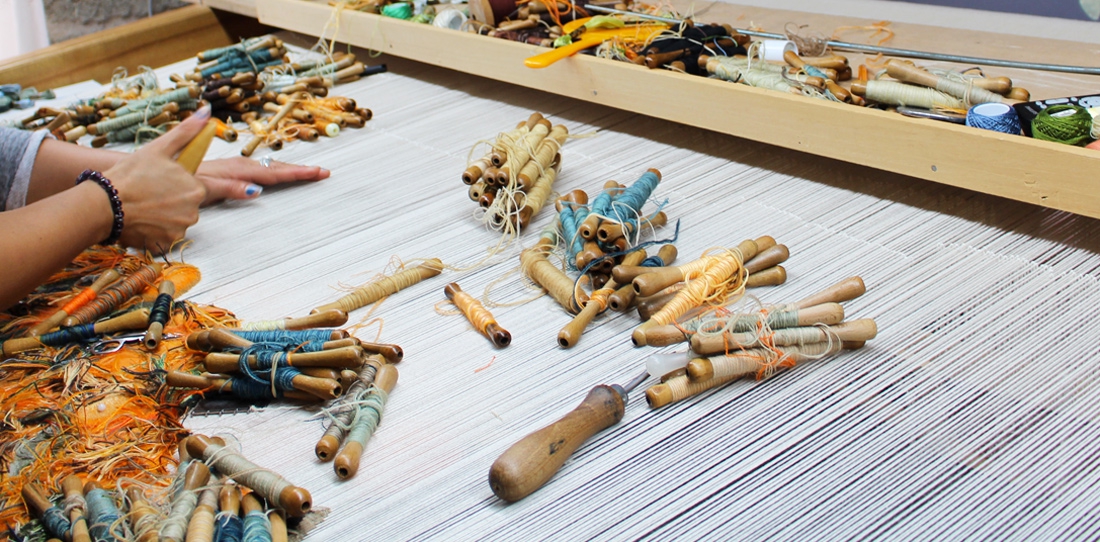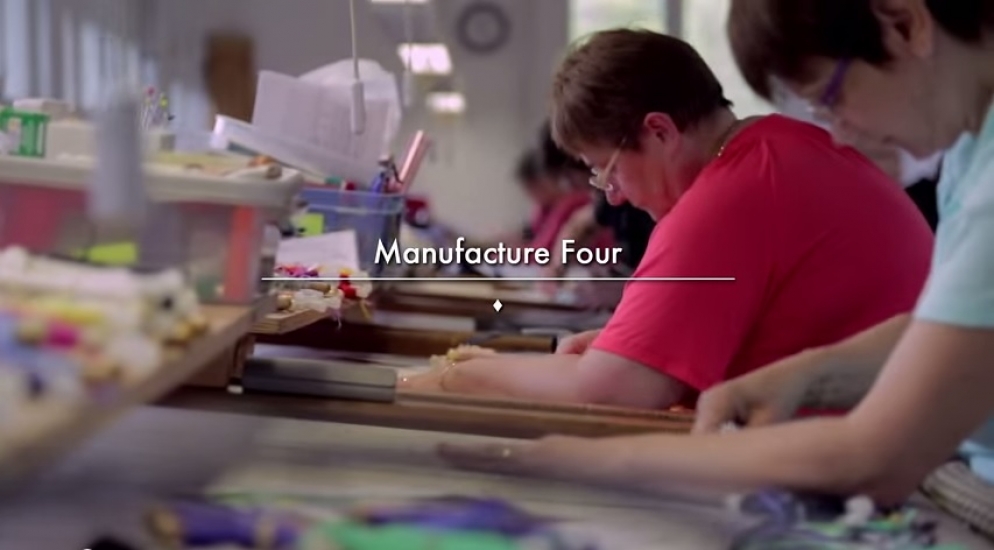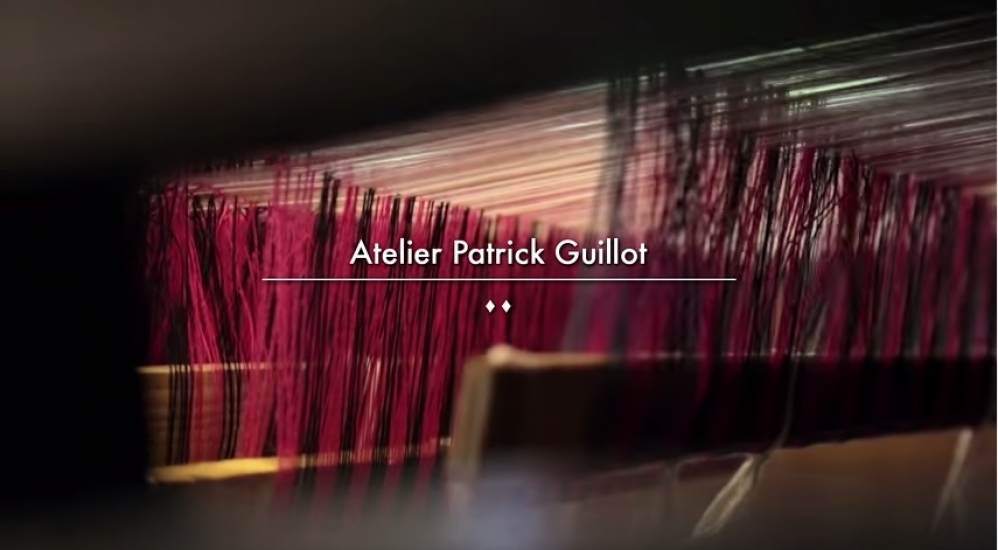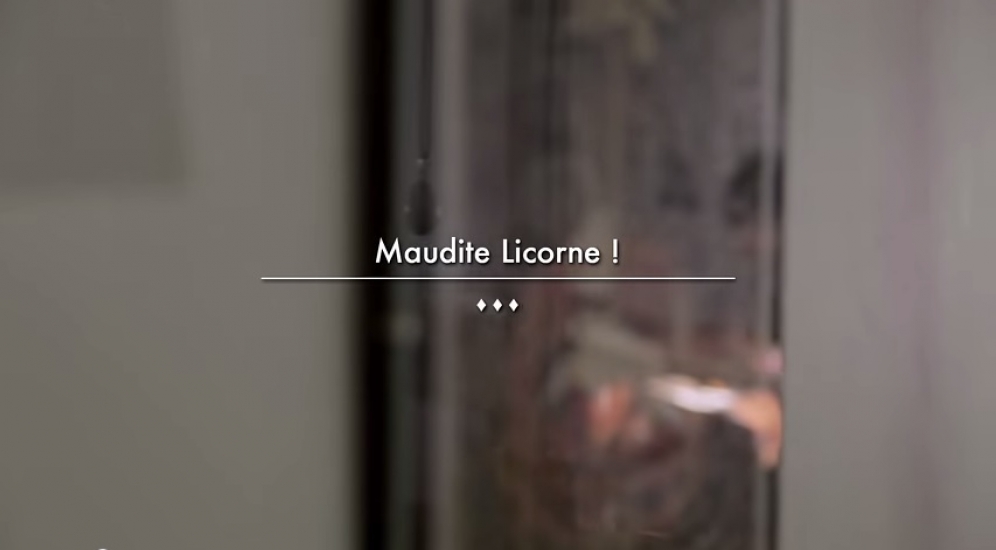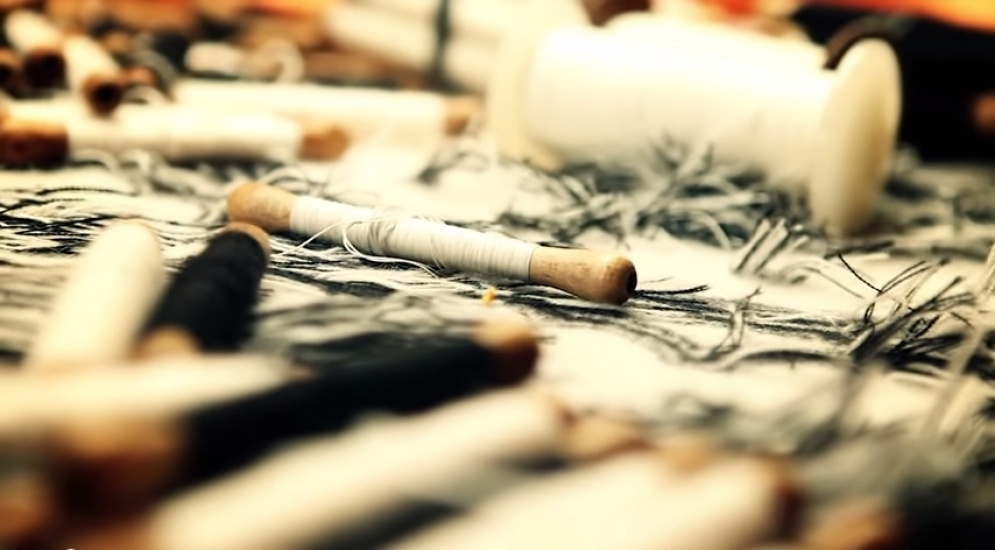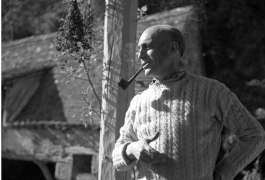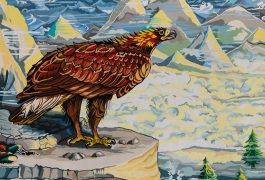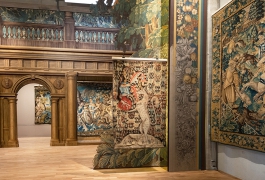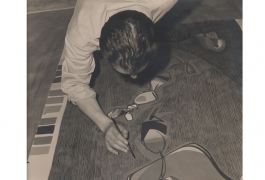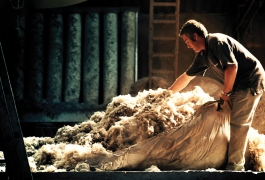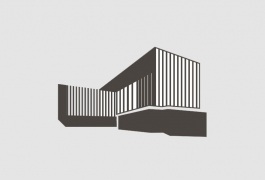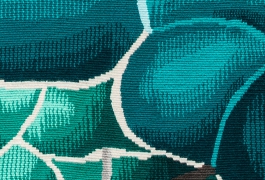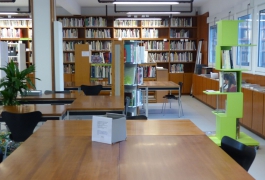Low warp weaving
The task of the weaver is to “wool” the artist’s work. This craftsman combines technical skills (handmade movement of the weaving) and artistic skills, implemented in the “textile translation”, the interpretation through the research of fibers and colors combinations. This “harpist”, as called by Jean Cocteau, juggles both of these two arts to offer a work where material, warmth, contrast, texture and variations play with the imagination and the emotions.
The weaver is the craftsman, who carries out the weaving on a loom. The French name “lissier” (or “licier”) comes from the term “lisse” or “lice” (heddle in English) which designates a loop of cotton twine fixed to a warp thread to link it to a “treadle” (pedal) activated by foot to separate the even- and odd-numbered threads of the warp, which allows the passage of the weft thread through (a tapestry being made through the full covering of the warp by the weft) with the help of a “flute” (low warp bobbin), generally wooden.
On a horizontal low warp loom, the “lissier” (weaver) weaves the future tapestry weft-faced and can check his work only partially (the tapestry is rolled in as the weaver goes along) by placing a mirror between the warp threads and the cartoon guiding the weaving. An Aubusson tapestry then keeps all of its mystery during the whole weaving process. The weaver himself, as the artist, only discovers the work in its whole when they cut the warp threads to “free” the tapestry during the event known as “tombée de métier” (“fall out of the loom”). Only remains the finishing stage with the sewing of the edges and the intermediaries, which are interruptions in the weaving due to the color changes
Parallel to the mastering of the weaving gestures, the weaver must be able to converse with the creator of the model in order to make the best technical propositions and interpret at best the sketch during the conception phase of the cartoon of the future woven work. The artist suggests, by way of sketches, his own creations, in very diverse formats. From the sketch, the weaver does weaving attempts; he carries out researches about the colors, the material etc. and makes propositions of interpretation to the artist. Primary drawings on scale with the tapestry are made next to obtain the “cartoon”, a left/right reversed reproduction of the sketch (for the work on the inside of the tapestry) which will help the weaver to find his way throughout the weaving process.
If wool and silk remain the preferred materials of the tapestry, any method and material experimentations are worth considering nowadays. The only necessity is the fact that those materials must remain “weaveable” (metallic stained-glass window tapestry, fiber-optic…)
Beyond the choice of colors and materials, the tapestry-craftsman can intercede with the weaving variations, transposing and interpreting the artist’s intention. Contrary to the mechanical weaving, the manual one on a low warp loom allows an infinite number of colors and allows the weaver to adjust his movements permanently. Thus, the technique of the Aubusson tapestry can produce a huge diversity from effects and textures within a single production.
THE ARTIST/WEAVER DUO: A VERY AUBUSSON-LIKE TRADITION
The relationship, typical to Aubusson, between the artist who is the conceiver of the model to be weaved, and the weaver-interpreter, is the guarantee of a high-quality production. Aubusson has always been a place of dialogue between the art of movement and the most contemporary creations. The tapestries are a four-hand work, with two signatures, product of the collaboration between a weaver-craftsman and a creator, whether he is a painter, plastic artist, designer, architect or decorator.
“Everything is a question of fair relationships and honesty; not a conceited competition, but rather a mutual respect for the best profit of a common work. So were the collaborations between the Tabard workshops and Mathieu Matégot, the Goubely workshops with Mario Prassinos and Michel Tourlière, the Legoueix one with Louis-Marie Julien, the Picaud workshops with Emile Gilioli (amongst others)”, Jean Lurçat
The textile interpretation labor of the artist’s work is the expression of the weaver’s know-how, as much through his technique as through his sensibility and his comprehension of the artistic intention. The excellence of a tapestry is made of the success in this relationship between the creator, who expresses himself through his own medium and the weaver, who imagines the weaved writing.
Then, after the 17th Century, the contemporary creation irrigated the productions from Aubusson, wall hanging, furniture and even fashion accessories. The workshops in the region of Aubusson were stimulated thanks to the input of well-known artists, who came to make original sketches weaved. Thus, one can find in the collections the most prestigious signatures back in the days, from Isaac Moillon to Garouste, by way of Picasso, Léger, Cocteau, Vasarely or even Le Corbusier…

